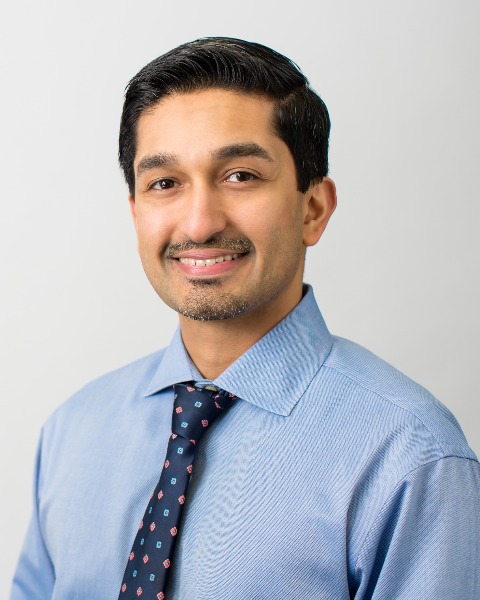Quick Fire Cases
A “reverse DKS” in a patient with a Yasui and VSD restriction; evaluation with CMR and 4D flow (QF_TH_029)

Shafkat Anwar, MD, FSCMR
Professor of Pediatrics and Radiology
University of California, San Francisco
Shafkat Anwar, MD, FSCMR
Professor of Pediatrics and Radiology
University of California, San Francisco- JA
Jonathan Arquiza, RT
RT MR
University of California San Francisco - MV
Maya Vella, MD
Assistant Professor of Clinical Radiology
University of California San Francisco - AM
Anita Moon Grady, MD
Professor of Clinical Pediatrics
University of California San Francisco
Presenting Author(s)
Primary Author(s)
Co-Author(s)
Diagnostic Techniques and Their Most Important Findings:
CMR was performed on a Philips Ingenia 3 Tesla scanner. Balanced steady state free precession cine sequences were acquired to profile the anatomy and assess ventricular parameters. A non-ECG gated dynamic MRA and an ECG and respiratory navigated 3D MRA (mDixon) were acquired using a slow-infusion protocol with a split-bolus of gadobutrol. Velocity-encoded 2-dimensional (2D) flow sequences and a non-contrast-enhanced 4D flow sequence were acquired. The CMR showed:
- Severe restriction at the entrance of the VSD baffle pathway (Figure 1). The left ventricular (LV) cardiac output occurred mainly across the small native aorta, with minimal flow across the VSD baffle. Retrograde filling of the neo-aorta was noted via a “reverse DKS” circulation (Figures 2 & 3). Flow quantification showed 5.2 L/min of forward flow at both the native aorta and at the ascending aorta above the DKS connection, suggesting no significant forward flow across the VSD and neo-aortic valve. 4D-flow allowed detailed assessment of these findings (Figure 3).
- A moderately hypoplastic native aortic valve with mild-moderate aortic stenosis, peak velocity 3.1 m/sec.
- Normal LV size, mass and systolic function. LV EF 55%, LV mass 87 g (Z = +0.1).
- Unobstructed RV-PA conduit with mild retrograde flow, regurgitant fraction 11%. Proximal RPA stenosis, distal LPA dilation. Effective (net forward) branch PA flows: 68% RPA vs 32% LPA.
- Mild RV hypertrophy, normal RV volume, low-normal RV function. RV EF 46%.
- No residual intracardiac shunts, Qp:Qs = 1:1.
Learning Points from this Case:
Given the patient’s asymptomatic status, normal LV mass, and function, the decision was made to follow the patient clinically and plan for an LVOT revision at the time of the next RV-PA conduit revision, or sooner as clinically indicated. CMR was extremely helpful for a comprehensive evaluation of this patient’s anatomy and physiology, and to inform the timing of surgical intervention. Though rare, late intracardiac obstruction can occur after VSD closure to an RV-origin aorta or neoaorta; CMR is diagnostic and provides additional anatomic and physiologic data to guide management.

